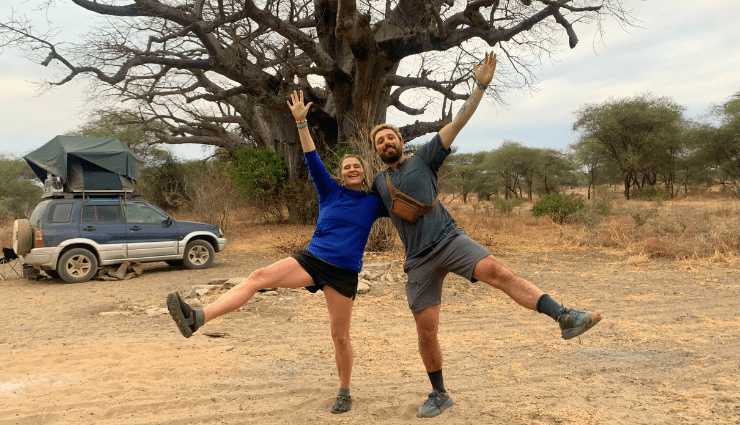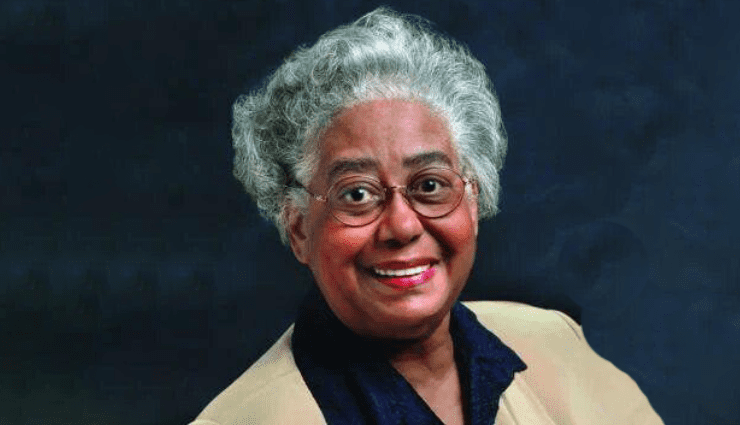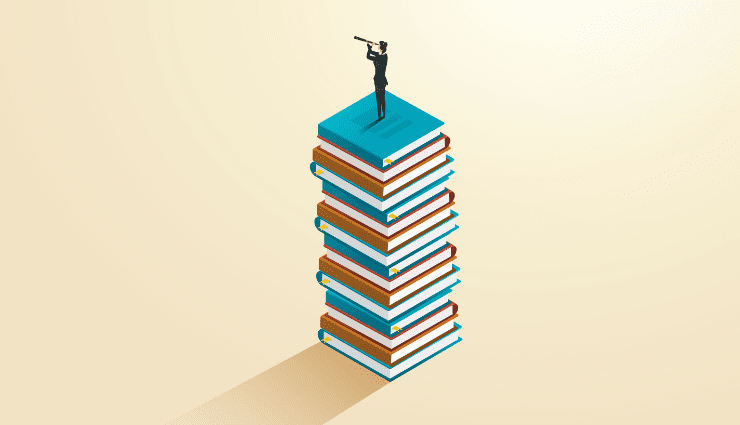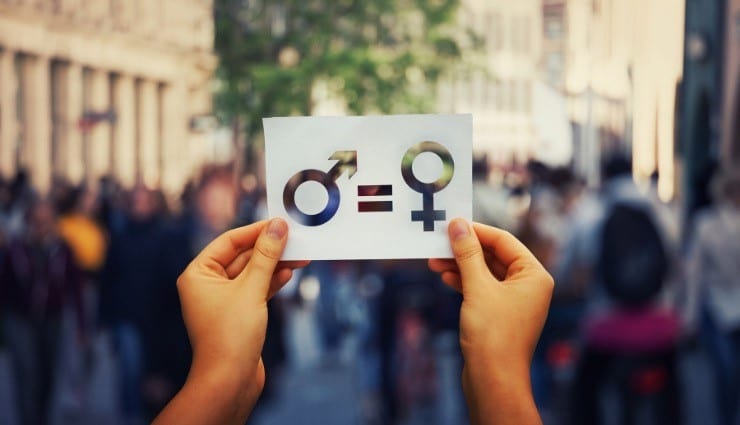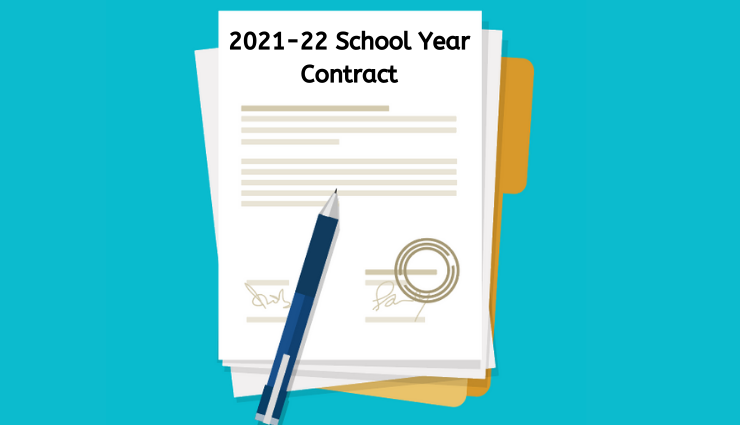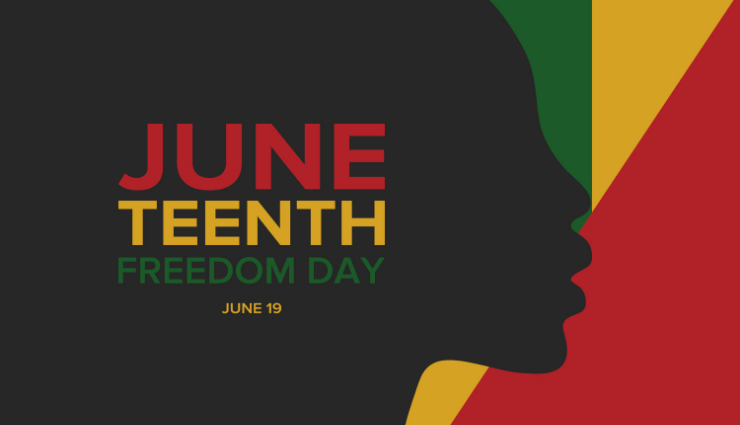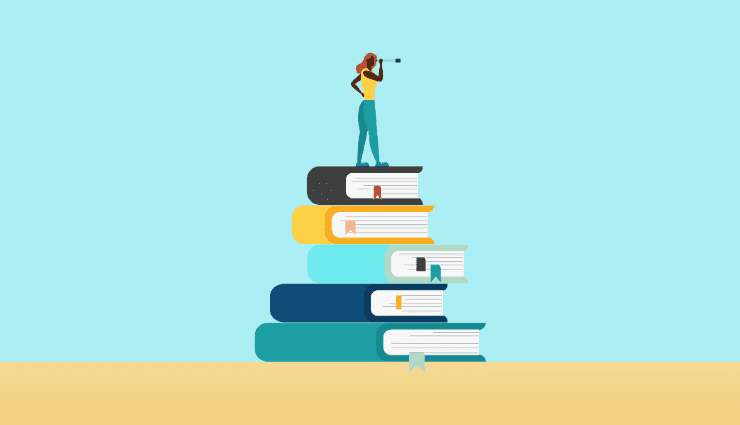Doing the Impossible

I’ve been reading a number of James Baldwin’s essays recently. I’m impressed with the quality of his writing and thinking, of course, and want to understand and absorb some of his key views on the path forward for America — especially when it comes to race.
Those who have been dedicating their lives to diversity work, to focusing on inclusion in schools, on racial justice in every aspect of American society — from our criminal justice system, to our housing policies, to our hiring practices, to education, to access to quality food and health care — know these issues are central to a healthy future, for schools and society. But they also know that effecting change is very difficult — mostly because of resistant cultural forces. Baldwin was as aware of this as anyone. In his now-famous essay, “The Fire Next Time,” after describing the steps we need to take together to create a more justice society, he writes, “I know that what I am asking is impossible. But in our time, as in every time, the impossible is the least that one can demand.”
This insight feels a bit enigmatic until you realize he’s simply asking us to dig deeper. Throughout time, people have managed to do what seemed impossible to do — put a man on the moon, decode DNA, end apartheid in South Africa, etc. And the solutions almost always require some combination of knowledge, collaboration, empathy, and creativity.
Around the time that Donald Trump was elected president of the United States, I read an article by Olatunde C.A. Johnson, a law professor at Columbia University, on what he saw as the best responses to Trump’s election and the voter mindset that put him in office. “Focus on building racial, social, and economic inclusion,” Johnson writes. “Emphasize the collective societal benefits, including the critical role of racial and economic integration to build the empathy and understanding vital to sustaining our democracy.” Then he went on to say that, to get where we want to go, we need to “be nimble and creative.”
There are those concepts again: knowledge, collaboration, empathy, and creativity.
Lately, I’ve been doing some editorial work that involves write-ups of individual independent schools. The process has sent me to dozens of school websites. While I know website descriptions of school programs are idealized — and serve as marketing material as much as institutional aspirations — I was struck by some of the language these schools have in common when describing what they see as the essential purpose of education today. The school programs all have a clear through-line to the past — a connection to the schools’ longstanding missions and histories. But what I have been reading, over and over, are descriptions of schools that are also finding a new clarity of purpose in our decidedly unclear times. I’ve written often on the need for schools to commit to the process of change — of evolution to meet their essential missions in a changing culture. What I’m starting to see more clearly is the process of change in schools — especially what is working well. Through what I would describe as a combination of knowledge, collaboration, empathy, and creativity, more than a few independent schools are turning themselves into important institutions for democratic life in the 21st century.
The schools uniformly offer a solid grounding in knowledge — in students gathering the information and academic skills they’ll need for college and beyond. The difference today is that these schools more clearly see, on the one hand, the dangers or overloading students with information and facts, and, on the other hand, the growing need to focus on the interconnectivity of knowledge across disciplines. The academic elements are becoming more interdisciplinary, focusing more on depth over breadth, and aim to ensure that the course of study reflects the world in which the students live.
Our competitive culture, which tends to see itself more as a free-market economy than a thriving democracy, more or less forces independent schools to aim for a competitive academic advantage — and to focus a great deal on college or high school placement as a measure of success. But I’m pleased to see that schools are backing away from the notion of academics über alles. Not only have they recognized the pointlessness of pressure cookers (see the documentary film “The Race to Nowhere,” etc.), they understand that a heavy academic focus is a sign of an imbalanced education. It doesn’t equal excellence. Educators in these schools have paid enough attention to what research, brain-science, and experience tells us — that education is as much about life skills and social engagement as it is about learning facts.
At the same time, they are seeing more clearly that their role in the nation is not about graduating students who win academic competitions for personal gain, but about educating smart, well-informed people who can find purpose in life and contribute to a well-functioning democracy.
What these schools are doing more or less uniformly across the independent school spectrum today:
- Maintaining academic excellence while looking for ways to engage students in active and collaborative learning.
- Deliberately focusing on the development of life skills — empathy, mindfulness, a growth mindset, healthy eating habits, lifelong physical engagement, collaboration, etc. — as an essential element of education.
- Requiring serious community engagement so that students understand they are not only part of a community but are part of a community that needs their engagement.
- Helping students to develop a global mindset — to have some understanding of the greater world and our shared problems, as well as an understanding of the dangers of narrow-minded nationalism.
- Creating racially diverse student, teacher and administrator populations — knowing this is not only the morally right thing for educational institutions to do but also that students learn best within a diversity of perspectives and experiences.
- Focusing more broadly on diversity — including gender, sexual orientation, religion, political affiliation, ethnicity, physical ability, even learning styles — so that schools feel highly inclusive and that all students thrive and connect.
- Committing to environmental sustainability — focusing on responding institutionally on multiple levels to global warming, especially helping students see the need for all of us to seriously reduce our carbon footprints.
- Highlighting the importance of physical and emotional wellness.
- Taking creativity seriously — which includes not only a deeper respect for the visual and performing arts and their centrality to a thriving culture but also the increasing importance of creative solutions to a whole host of societal issues.
In a separate list, I would also add the deeper understanding of what it means to be a professional teacher today. So much is changing within the classroom and teachers are learning how to adapt to and guide the change. Among other things, teachers today need to know how to:
- stay as current as possible in their academic field;
- balance the teaching of knowledge with helping students develop life skills;
- work well with a diverse group of students and their families, especially regarding race;
- collaborate well and often with colleagues;
- tap into individual student needs and find ways to engage all students actively in their learning;
- understand the social-emotional lives of students and the needs of students at each stage of development; and
- both use and resist education technology — leveraging it for optimal learning.
I highlight the combination of knowledge, collaboration, empathy, and creativity here because I think all of the changes and developments within the independent school community have depended on schools using these four skills as essential, interconnected tools for change.
When a school that was predominantly white two decades ago announces that it will have a majority of its students be students of color in 2018-19, we know that this involved research, many conversations, emphatic commitment to change, and creative engagement along the way to address challenges and offer solutions.
When a school ensures that all new buildings will be LEED-certified or net-zero energy users, we know this policy arose from knowledge, collaborative efforts, and a deep commitment to healthy change driven by creative thinking.
When a whole group of schools work together to find alternative assessments — including portfolios and student demonstrations in place of or to augment letter grades — we know that more than a few people studied the literature on assessment and worked with every segment of the school community, then reached out to other schools as well as colleges and universities, then explored creative solutions to ensure that the path forward is all around better for students.
Every school that has created a diversity statement or a sustainability statement, or that has dropped AP courses in favor of home-grown honors courses, or that has set up new schedules that involve more in-depth cross-disciplinary programming, or that have set aside time for student-directed learning, or that requires teachers to visit each other’s classrooms, or that have developed signature programs that push the envelope on what formal education can be — every single one has asked the adults in the community to dig deep, work together, think creatively, and commit to the complicated process of institutional and personal change.
This is deeply important stuff.
In a local coffee shop that I visit regularly, the staff has the annoying habit of writing weekly inspirational sayings on a chalkboard. Mostly, I roll my eyes. But while working on this piece one morning, I looked up to read: “Life begins at the end of your comfort zone.”
It’s very easy for independent schools — for any of us, really — to rely on past practices (the very core of our comfort zones). But I’m glad to see the way so many schools and educators have been steadily pushing past what feels easy to what feels consciously right and best — evolving into 21st-century schools not for the sake of change or for straight-up marketing needs, but because these are the sort of schools we need today.
Jim Collins, in his influential book “Good to Great,” highlights the importance of the flywheel concept — the way in which good ideas will, with organizational commitment, gain moment and create much of their own energy to push forward needed institutional change. I know that independent schools face new and ongoing challenges constantly. I know that it’s not easy for any of us to commit to a constant process of institutional or personal growth. But it’s impressive to see the way so many independent school teachers, administrators, and boards have taken on the challenge. And I’m seeing more clearly that the skillset of knowledge, collaboration, empathy, and creativity is the essential fuel turning the community’s flywheel.
Michael Brosnan is an independent writer and editor with a particular interest in education and social change. His latest book of poetry, “The Sovereignty of the Accidental,” was recently published by Harbor Mountain Press. He can be reached at michaelbrosnan54@gmail.com.

